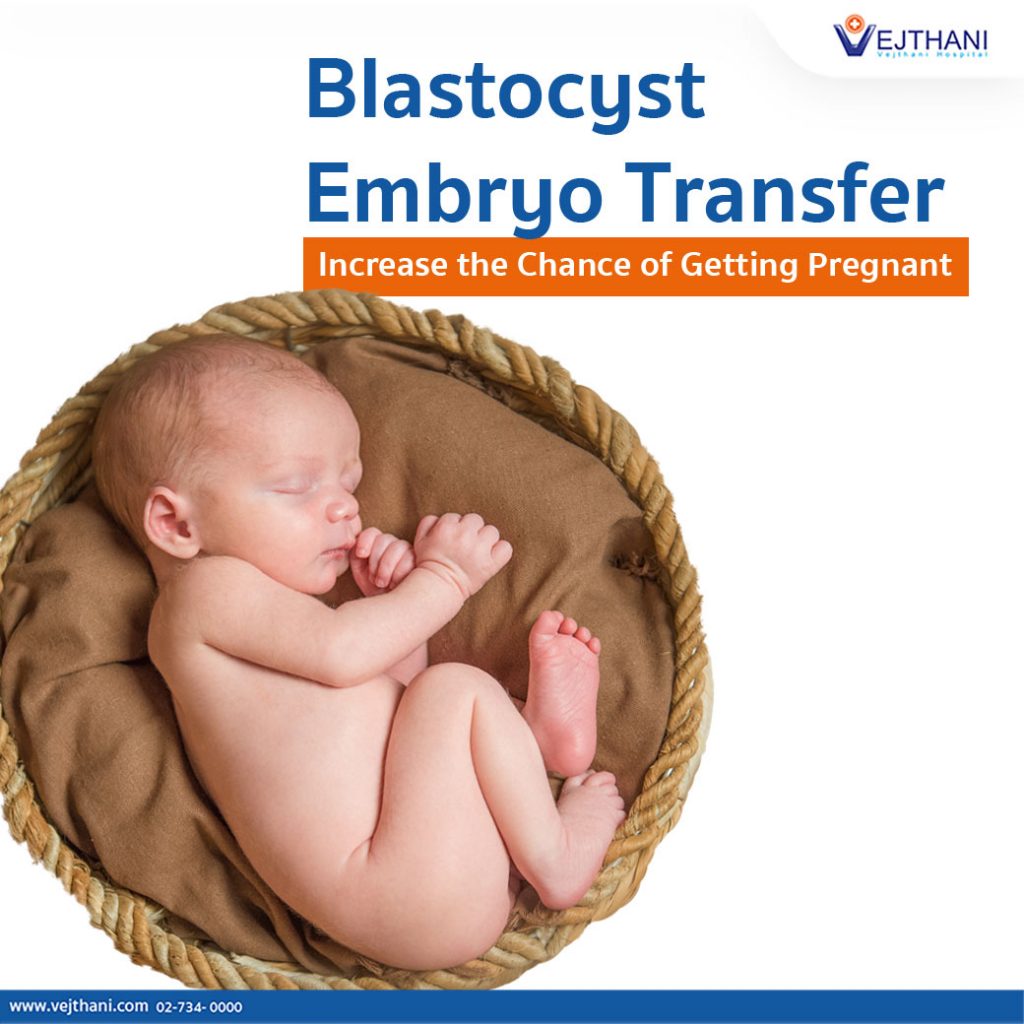IVF May Offer the Best Chance for Twin Babies in Thailand
Starting out on the journey of in vitro fertilization (IVF) is a transformative experience laden with hope, anticipation, and many emotions. For couples hoping to conceive twins

In Vitro Fertilization or IVF is a process of fertilization outside the body which means that the eggs will be combined with the sperms in the laboratory. Immediately after the fertilization, the eggs will develop into embryos, and then the good quality embryo will be transferred to the female’s uterus.
If we are talking about the most proper and best stage of the embryo to transfer to the uterus to increase the chance of getting pregnant, it is definitely the blastocyst stage of the embryo which is the developed embryos on the 5th– 7th day after the fertilization.
Before the embryo transfer, the couple needs to undergo the body examination, uterus and ovarian evaluation in female, as well as semen analysis in male. Then, the woman needs to stimulate her ovaries by self-injection every day for 10 – 12 days. After that, the eggs will be collected within 36 hours after the ovulation induction. On the same day of the eggs collection, the sperms will be collected and fertilized with the eggs in the laboratory. On the 5th – 7th day after the fertilization, the blastocyst embryo will be transferred to the female’s uterus with a soft catheter.
Blastocyst embryo transfer can increase the chance of getting pregnant up to 67% success rate which is a lot higher than the cleavage embryo (6-cell to 8-cell stage of the embryo) transfer.